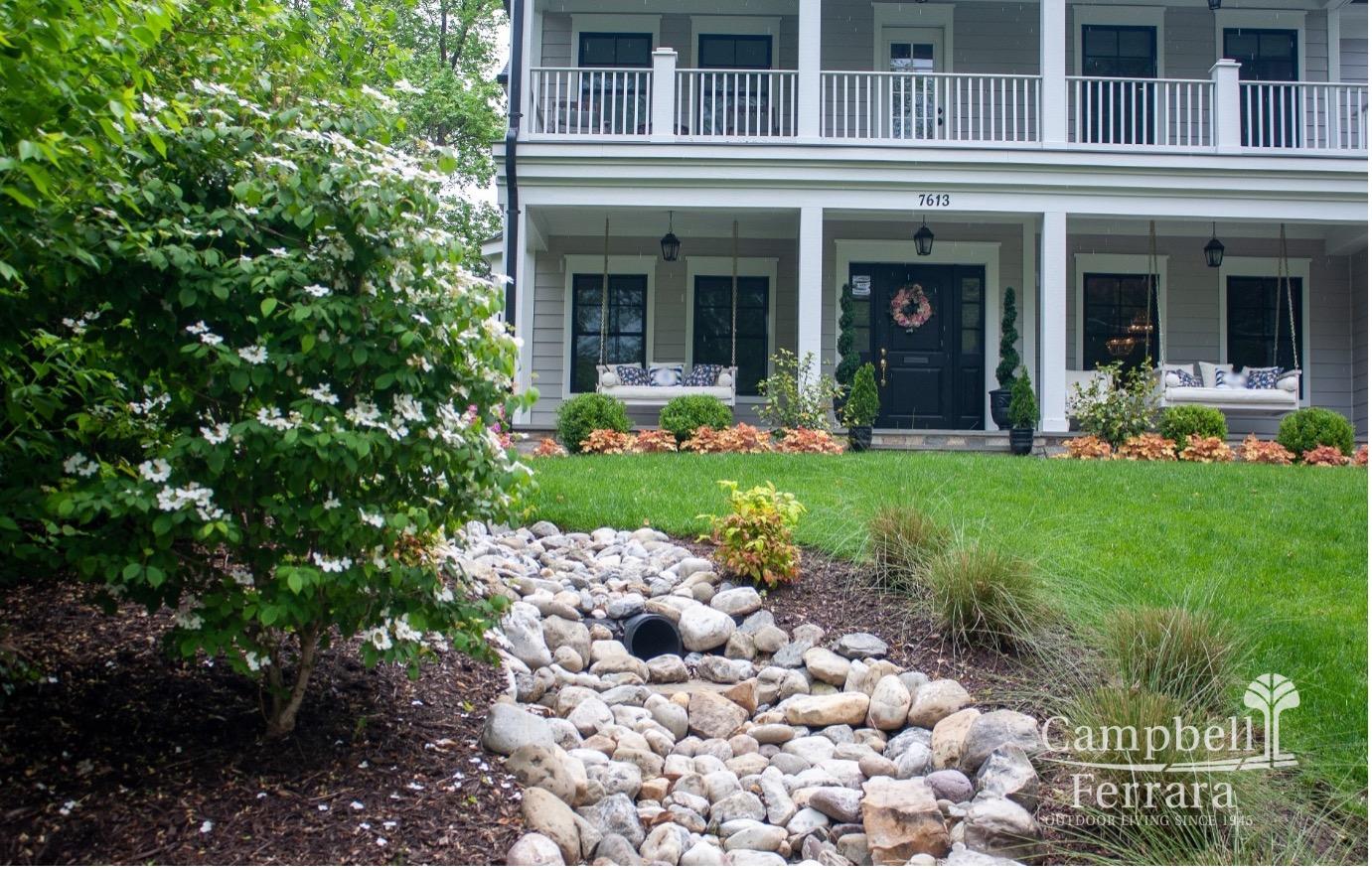

Compost Pile
This option is free to set up, assuming you have the materials on hand. You’ll need a space approximately 3’ square, the perfect size to allow your compost pile to reach the optimal temperature for breaking down organic material.
Gather your materials:
- Brown material: dead leaves, wood chips, nut shells, hay, corn and other husks, breads, etc
- Green material: fruit and vegetable kitchen scraps, grass, weeds and green leaves
- Soil material: manure, mature compost, or soil
- Cover: this can be a plastic tarp, wood, or even carpet pieces. You’ll want to cover the compost pile enough to control moisture and heat, but not so much that oxygen can’t reach it
Begin with a layer of brown material, and sprinkle a thin layer of soil material over it. Moisten this base layer.
Next, simply repeat the following layers until you have used up all of your materials, or until your compost pile is 3-4’ high.
- 6-8” of brown material
- 2-3” of green material
- Thin layer of soil material
- Water to thoroughly moisten
Cover the compost pile enough to protect from rain so that it doesn’t become too wet. The pile will settle in a few days and end up being up to a foot lower than it was initially built.
Now that your compost pile is built, you’ll need to turn it every couple weeks to aerate the pile. When you’re ready to add new materials from your yard or kitchen, mix them in rather than placing them in layers.
As decomposition takes place, your raw materials will gradually be replaced by rich, black compost. When the majority of your compost pile is “black gold”, then you’re ready to add it to your garden! Set aside anything that hasn’t composted and use it to begin your next compost pile.
Compost Bin
Compost piles are great if you have space and don’t mind an unsightly little mess. However, another excellent option is to buy a compost bin that can be placed anywhere in your yard.
Compost bins are built on the same principle as the compost heap, and you’ll follow the same steps to fill it as you would to build a pile. However, since you’ll be adding new materials to the top of the bin rather than mixing it in, a compost bin with multiple compartments that lets you get to the finished compost at the bottom will make life a little easier for you.
A Note on Vermicomposting
Often called organic garbage disposal, a worm composting bin — whether DIY or purchased — is an excellent way to compost kitchen scraps at any scale. If you have a potted garden, are working with very little space, or don’t have a yard that can contribute a volume of material to a compost bin, vermicomposting is a viable option.






